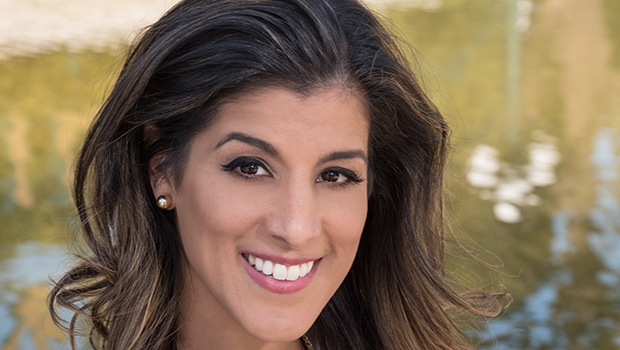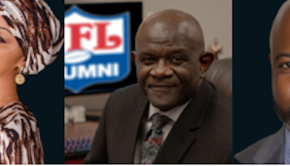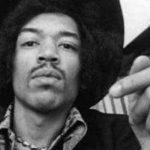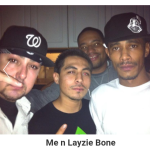Special Guest Editorial: Publicity and the Media by NRPR Group CEO Nicole Rodrigues
Times in the media space are changing, as are the rules and guidelines on HOW to successfully parlay your need for media coverage into meaningful engagement with editors and publishers. I reached out to PR Maven Nicole Rodrigues to give us some insight as a subject matter expert from the other spectrum of media…Public Relations. We look to educate as well as entertain here at The Hype Magazine! FYI, she’s also worked as a PR rep for my team…the almighty Silver and Black! Go Raiders! ~ JD Editor-in-Chief
Part 1
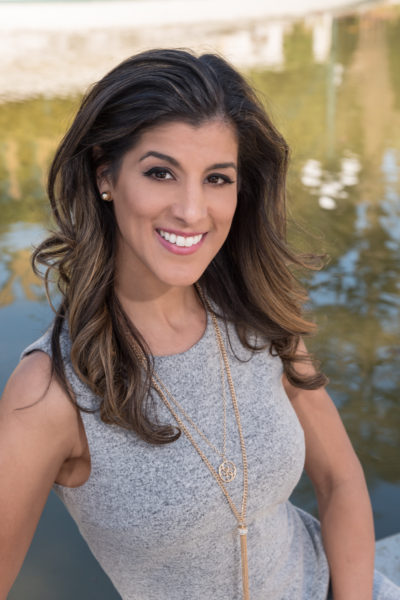 The Publicity Hustle: Behind-the-Scenes Look at How NOT to Do Media Relations in the Entertainment Business
The Publicity Hustle: Behind-the-Scenes Look at How NOT to Do Media Relations in the Entertainment Business
By Nicole Rodrigues, Founder & CEO, NRPR Group
So, you’re third in line at the supermarket, and you decide to kill some time by catching up on your media news and celebrity gossip. In picking up a magazine from the newsstand and quickly skimming through its pages, it is easy to overlook the amount of time and effort spent on the backend between editors, journalists, talent, agents and publicists to bring you that glossy, finished product you hold in your hands (while the guy in front of you keeps adding items to the checkout stand).
It’s true: most readers, like you, will never know the behind-the-scenes exchanges that take place to bring the stories in magazines and blogs to life. Much of the beauty behind these sources of entertainment springs from their mystery. And, let’s face it, nobody likes looking at the man (or woman) behind the curtain or learning how the magician did his trick. But, for those of you who love learning how everyday things come to be, I’m here to share some insights into our process!
So, in order to really help you understand how the art of public relations DOES work, let’s first focus on what DOESN’T work.
First, many new artists or talent are self-represented and/or usually hire a publicist who has a lack of experience and strategic chops. This scenario is like the blind leading the blind, and it’s painful – especially for media. Why? Because a publicist’s job is to get to know the media and their audience ahead of time and to develop (what we call) “friendlies.” This way, when they sign a new client in the entertainment business, they can contact the media and clearly share information about that client in a way that helps the reporter quickly understand the opportunity for an interesting feature, Q & A or news development that they believe their readers, viewers or listeners should know.
The problem is this: oftentimes, untrained publicists (for the artists, record labels, technology companies, music venues, etc.) or first-time, self-represented artists usually under-deliver to the media. Their pitches – lacking a clear direction – can go out to the wrong person at a publication, without a relevant connection to the writer or TV/Radio host and their audience. Regardless of the field you work/create in, I doubt anybody would argue the high cost of wasted time.
Self-represented artists and people working in the public relations field need to be mindful of each journalist’s (and outlet’s) time and interests. We need to deliver on our promises in the most meaningful way possible. And, we emphasize the importance of remembering that – though the industry has evolved with more tools now than ever to communicate (such as popular social media tools like Instagram and Twitter) – we cannot forget about the simple human touch that goes along with doing what we do (especially as it pertains to building relationships with journalists).
When I first started doing PR for the Oakland Raiders early in my career, one of the most beautiful aspects of that job was the lack of technology I had available at my fingertips. Everything was still very much done in the “old school” way, in which a lot of the media would show up to the physical Raiders facility, and we would get face time with each of the writers. We would talk to them about the stories they were developing and find out which internal resources they needed to complete the pieces – whether that was a coach, a team member, or just an official commentator on something that had happened. We brought them into the fold, and we were able to work with them. The rapport we built from this helped to make sure things were done fast and efficiently, which in turn strengthened the media’s overall affinity toward the Raiders organization.
Taking that experience into the digital world we live in today, I built my PR firm by incorporating many of those core values and processes into a new way of doing things – a hybrid of the “long way” (which means a lot of research, reading, note taking, and relationship building that has to happen first), with the “new way” (which includes using tools like LinkedIn and Twitter to learn about a journalist’s past and interests), so we can be more human in approaching them. I must admit, most of the time, the long way works. It shows the media that you have done your due diligence. You have completed the research necessary to know how to hit the right contacts, and who they are. Smart, self-represented artists can do this too. Google is free!
Another problem arises when inexperienced publicists and self-represented artists think they just have to send a blind email or press release and (like magic!) the media will want to talk to them. That is NOT the case, and it almost never works. The last thing any journalist wants cluttering up their inbox is a mindless, boring press release that has no news hook beyond just being a release of information. This leaves them having to figure out what exactly is being said, and what news it could hold for them. Members of the media want to know that you are reaching out to them because you understand their publication and, at the end of the day, their goals.
This understanding has informed my Company’s golden rule: there will never, ever be a press blast of any form sent out from anyone in the firm. Everything is personalized, and my team works hard to build media relationships prior to our clients’ announcements. We lead with this because we know that, through those relationships, we will get honest answers back from media, who will tell us what they really want in order to create a story. This is definitely a valuable way to practice meaningful media relations.
To all the other PR pros who haven’t learned this valuable lesson (and any readers who simply want to know how good publicists retain great clients and get their story told): Great PR pros know how to tell meaningful stories to relevant media, who will understand and translate that client’s story to their audience. Media will like professional publicity pros and artists when they feel they can deliver great information that is tailored to them, and to the point.
The moral of the story is this: The great stories you read, watch or listen to in the media don’t always get to you by accident. Great media professionals know how to seek out stories and great PR pros know how to help them do so. Unfortunately, when this exchange isn’t done mindfully, that’s when the artist (or person trying to enter the entertainment field) doesn’t get their story told. Following best practices in PR and media relations can change that outcome.
Stay Tuned for more from Special Guest Editor Nicole Rodrigues! @NRPRGroup
Tweet
